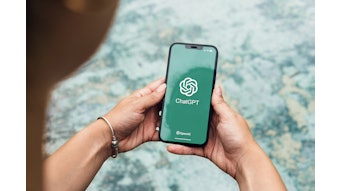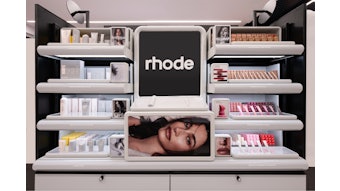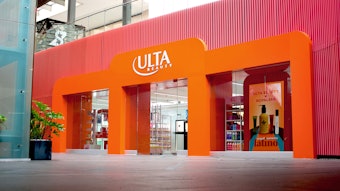With multiscreen users spending five hours daily consuming seven hours of screen media, marketers have unique opportunities to connect with people and drive brand growth, says Millward Brown's 2014 AdReaction Report. All screens, though, are not created equal. The study analyzes multiscreen use and behavior across 30 countries, and explores consumer receptivity to advertising on TV, smartphones, laptops and tablets. The findings help marketers build integrated media plans that take advantage of each screen’s strength and drive brand growth.
“While we know intuitively that people are spending more time multiscreening, we analyzed both the quantity and the quality of screen use to uncover specific insights to help marketers optimize media investments,” said Duncan Southgate, Millward Brown’s global brand director for digital. “Understanding how much time consumers spend with each screen, alone and simultaneously, combined with their receptivity to ads is critical to building a media plan in today’s multiscreen world.”
Simultaneous multiscreening accounts for 35% of screen time, and includes a mix of “meshing,” the use of TV and a second screen for related content (14%), and “stacking,” the use of TV and a second screen for unrelated content (22%). At 65% of screen time, “shifting” among individual screens throughout the day remains the dominant form of screen use. When consumers port an individual task across screens, they most often begin on TV and move to a smartphone, but all screen sequences are possible.
With consumers simultaneously using multiple screens just one-third of the time, marketers’ larger opportunity is delivering consistent, integrated campaigns as users shift between screens. Related to specific screens:
- TV remains strong for brand building, and in particular drives salience and affinity. While no longer the most consumed screen globally, TV delivers strong reach and enjoys the highest advertising receptivity. It does remain the most used screen in the U.K., France and Spain.
- Smartphones are now the most used screens globally. With strong daytime use, smartphones are good for delivering salience, difference and setting trends. While they deliver only moderate ad receptivity globally, attitudes toward smartphone ads are much more positive in Kenya, Nigeria and Saudi Arabia. Multiscreen users in Nigeria report the highest time spent on smartphones, at more than 193 minutes per day, 31% higher than the global average of 147 minutes per day.
- Laptops deliver salience and relevance for marketers. Consumers report 108 minutes of use per day on laptops, the majority (71%) being exclusive. However, laptops deliver only moderate advertising receptivity. They are the top screen for multiscreeners in Russia, Poland and the Czech Republic.
- Tablets deliver difference for brands, and nearly half of tablet use (49%) is simultaneous with TV. Peaking during the evening, tablets deliver difference, but only moderate receptivity. Receptivity to ads on tablets was notably high in Kenya, Nigeria and the Philippines.
Specific to multiscreen marketing opportunities, AdReaction found consumers are most receptive to micro-video; TV ads with interactivity; and TV ads promoting mobile apps, Facebook pages and websites. Marketing that delivers more entertainment and rewards are generally preferred over multiscreen campaigns, which simply offer more information.
Southgate concluded, “We know that media and technology will continue to evolve and that consumers are leading the way. Marketers who adapt and embrace this change—and understand how to effectively and consistently reach and engage people in a multiscreen world—will benefit from brand growth.”










